Factory directly supply hot rolled welded galvanized drip ir
Negotiable Min Order Quantity Unit
- Required Quantity
-
- Place of Origin
- China
- Payment Terms
- T/T
- Production method
- Negotiable
- Shipping / Lead Time
- Negotiable / Negotiable
- Category
- Steel Pipes , Steel Round Bars , Steel Sheets , Steel Structures
Shandong Steel Pipe United Company
- Verified Certificate
-
6


| Product name | Factory directly supply hot rolled welded galvanized drip ir | Certification | - |
|---|---|---|---|
| Category |
Steel Pipes
Steel Round Bars Steel Sheets Steel Structures |
Ingredients | - |
| Keyword | drip irrigation pipe , 3 inch black iron pipe | Unit Size | - |
| Brand name | - | Unit Weigh | - |
| origin | China | Stock | - |
| Supply type | - | HS code | - |
Product Information
Factory directly supply hot rolled welded galvanized drip irrigation pipe with low price
Specification:
| Size |
OuterDiameter(Round)
| 15 - 325 mm |
Wall Thickness
| 0.5 - 20 mm | |
Length
| Common length 5.8m, 6m, 11.8m, 12m, sizes can be customized | |
Grade
| A106(B,C), A53(A,B), Q195, Q215, Q235, Q345 | |
Technique
| ERW | |
Surface Treatment
| Galvanized | |
Section Shape
| Round | |
Package
| Bundle, In Bulk, Bags, Clients' Request | |
Date of Delivery
| According To The Quantity And Specification Of Each Order | |
End Protector | plastic cap, coupling, nipple, elbow, tee, flange and some other pipe fittings | |
Payment
| T/T, L/C | |
Product Pictures:
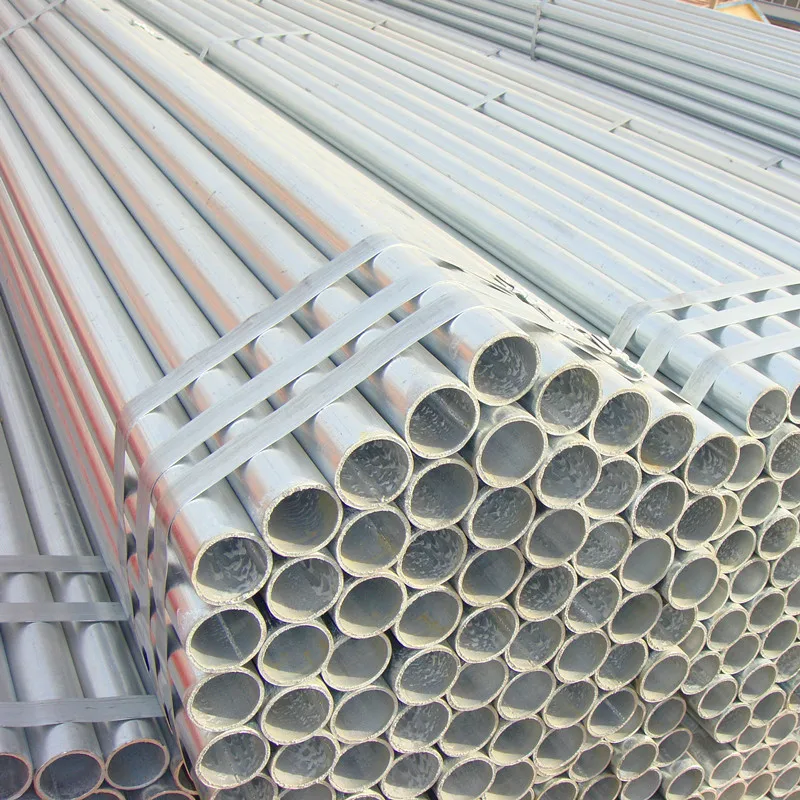
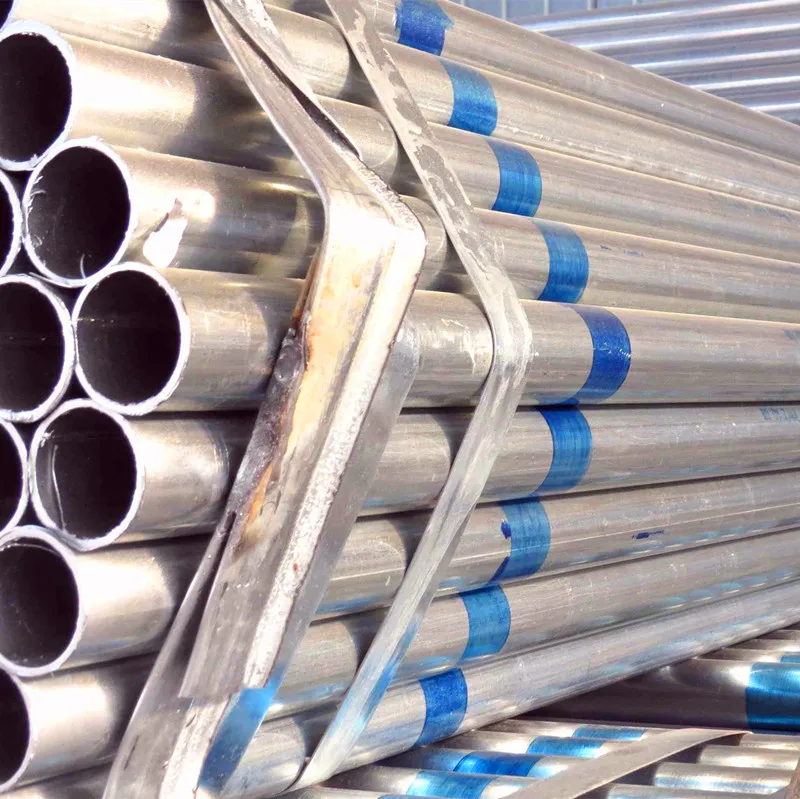
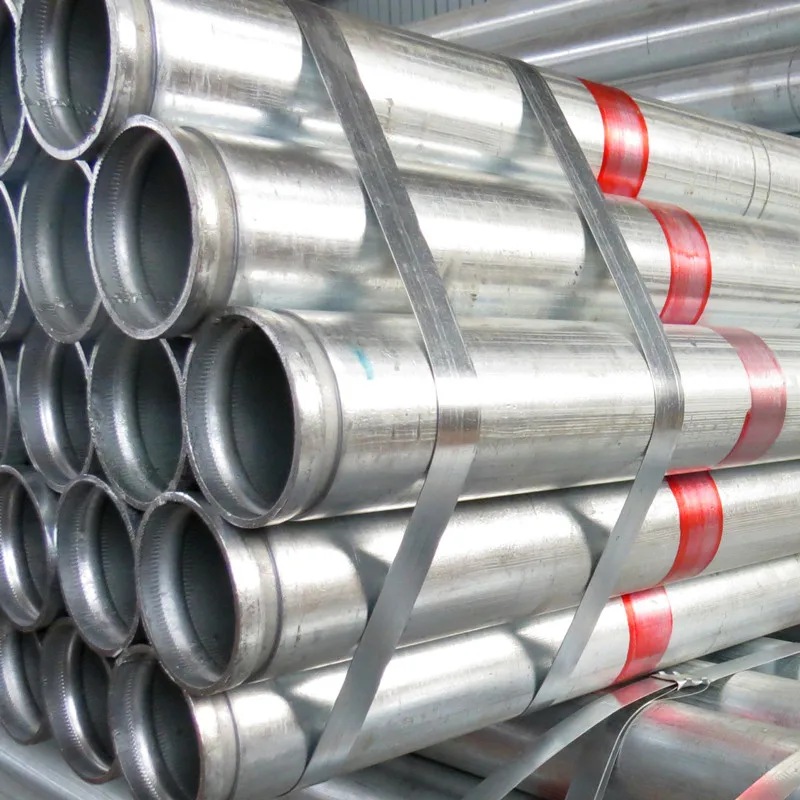
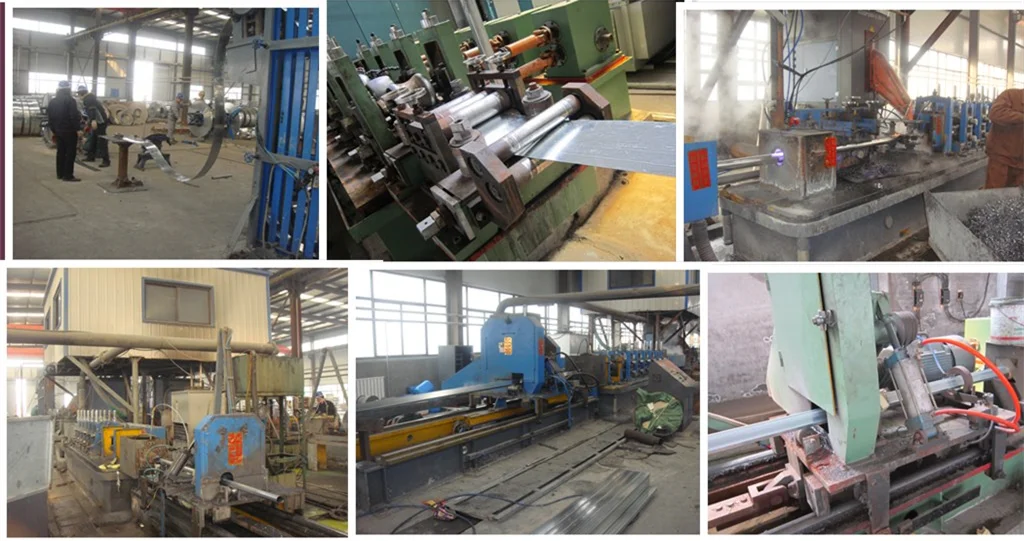
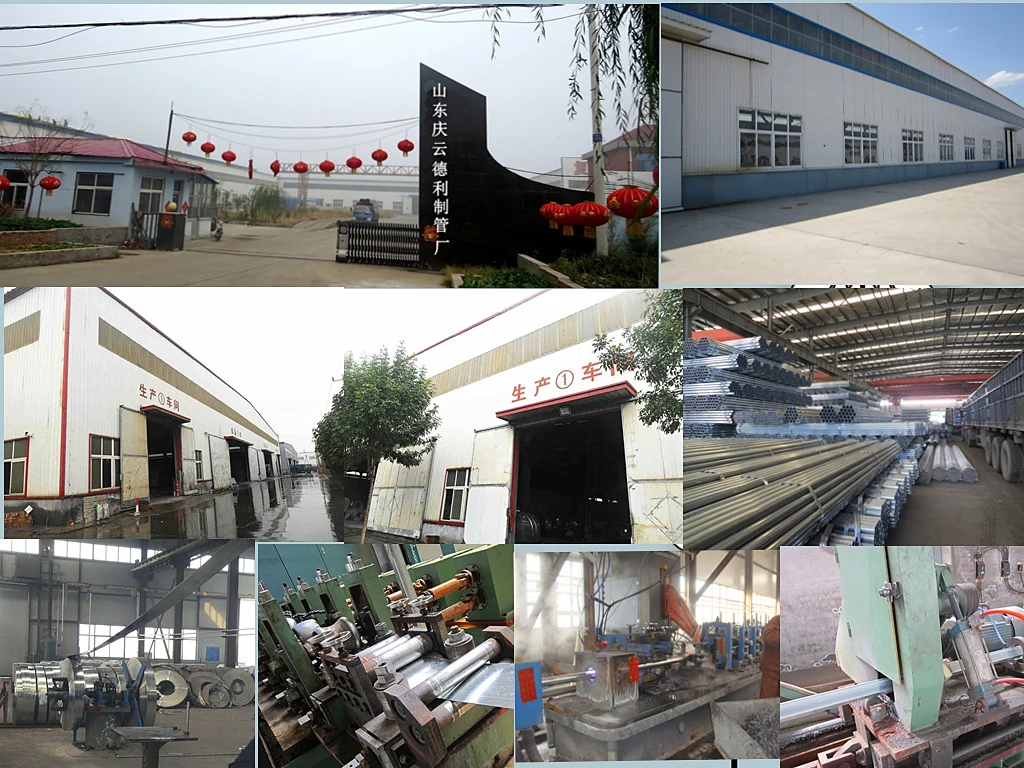
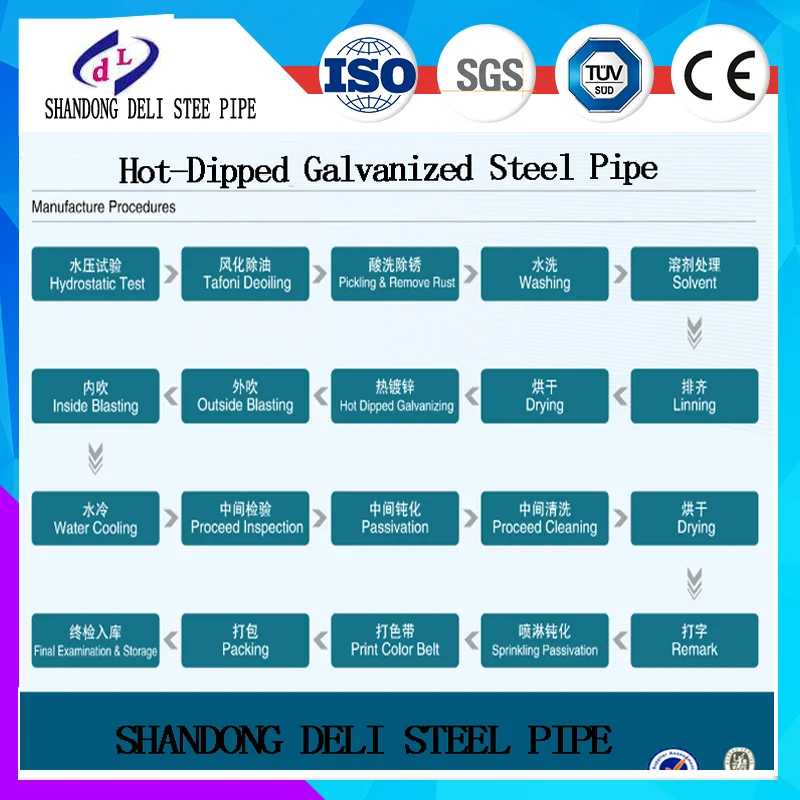
Packaging | ||
Size
| 5.8m (L) * 288mm (W) * 488mm (H) | 12m (L) * 288mm (W) * 488mm (H) |
Weight
| 1.2T | 2.4T |
Packaging
| 20'Container size: 5.899m(L)*2.352m(W)*2.386m(H) | 40'container size: 12.02m(L)*2.35m(W)*2.38m(H) |
Packing Method
| Packaging--- we have four kinds of packing for meeting your request. No.1. in bundle with 8-9 steel strips for small outer diameter of pipe. No.2. Wrapped the bundle with water-proof cloth and then bundled by steel strips, and with the nylon lifting belts at both ends. No.3. Loose package for the big outer diameter of pipe. No.4. Packaging as per customer's requirement. | |
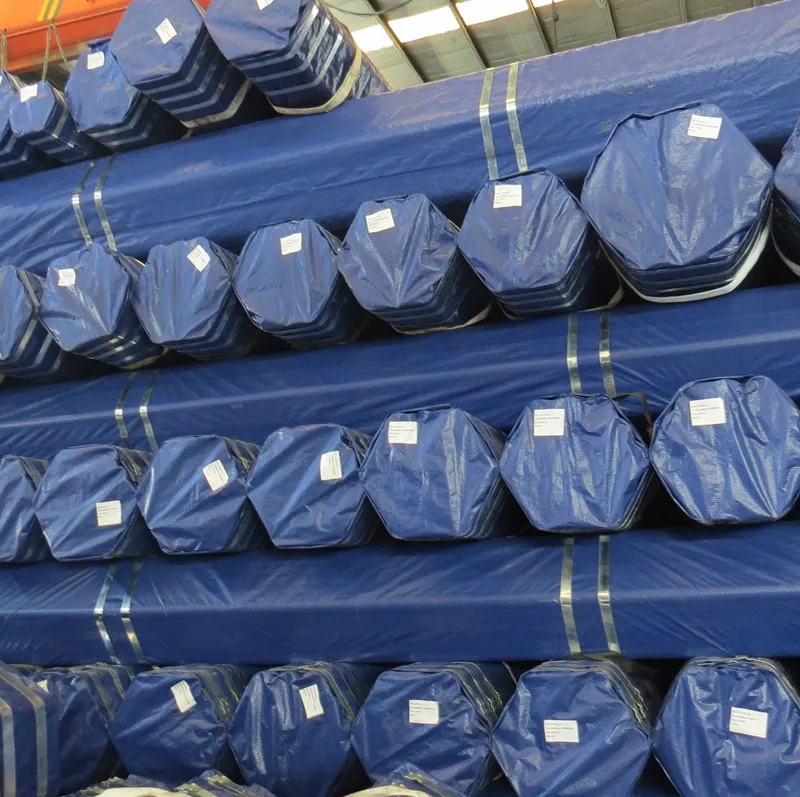
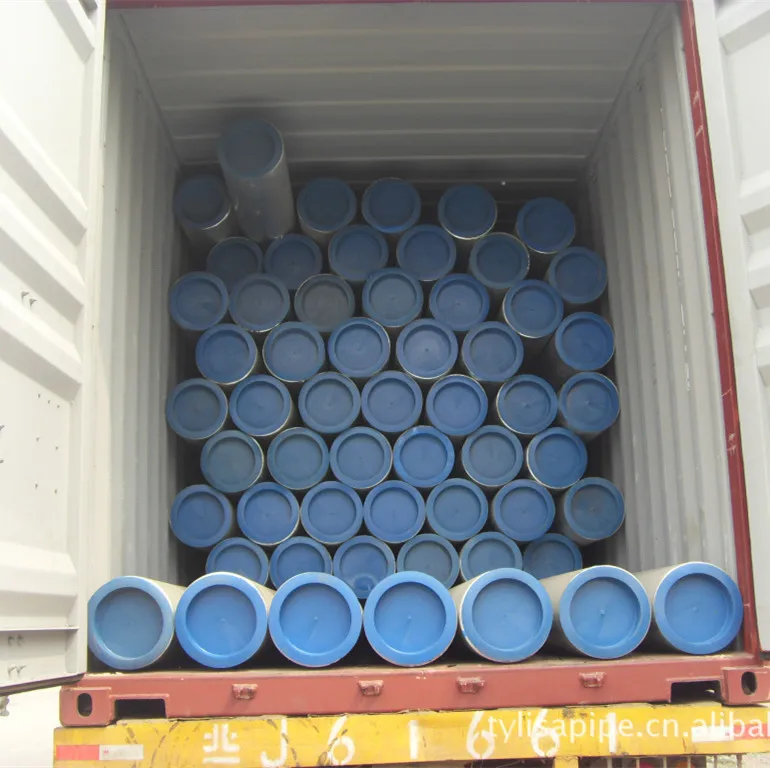
SHANDONG DELI STEEL PIPE MANUFACTURING FACTORY
We manufacture the main products of Pre-galvanized Pipe (include Round, Square and Rectangular section), Hot dip galvanized pipe(HDG Pipe),ERW Pipe and tube, widely used for fluid/oil/gas transportation, structure building, greenhouse, scaffold, Agriculture Equipment; etc. The usual standards we often supply include BS1387,ASTM A53, API 5L, DIN2440-2444, DIN2458,ISO65,EN10219, EN39/BS1139, ASTM A500/A795/A252/A135, ASTM A106, etc.
Galvanized steel pipe, galvanized square pipe, seamless steel pipe, steel plate, elbow, flange, Angle steel, channel steel, scaffolding
Through the 14 years of unremitting efforts and development, we have the annual steel pipe production capacity of 700,000 metric tons per year,Now our products have the good market in Africa, India, Southeast Asia, South America and the Middle East.
Q: What about your standard delivery date.
A: 30 days after receiving deposit.
Q: What about your package.
A: Usually as per customer's requests.
Common packing information: Small size in bundles, big size in bulk, some sizes with plastic cap to protect both ends, seaworthy packaging.
Q: How to get accurate price / quotation from you?
A: Please kindly tell us below details and we'll send our quotation to you ASAP:
1. Pipe's outer diameter
2. Wall thickness
3. Section Shape (round, square etc.)
4. Length for each pipe
5.Steel grade
6.Standard (e.g.: API 5L)
7.Order quantity
8. Designation (BK, BKW etc.)
9.Trade Terms
P.S.: more detailed information you clarified, more exact price we provided.
Steel Pipes: An Introduction
A steel pipe is a cylindrical tube made from steel and is the most utilized product in the steel industry. The primary use of steel pipes is in the transport of products—including oil, gas, and water over long distances. Common household appliances such as fridges use steel pipes, as well as heating and plumbing systems. Steel pipes come in a variety of sizes and can also be used for structural requirements like hand rails and pipe bollards.
William Murdoch is thought to be the pioneer of steel pipes, when he joined barrels of muskets together to invent a coal lamp burning system in 1815. Murdoch used his innovative piping system to transport coal gas to individual lamps on the streets of London.
Since the 1800’s great strides have been made in the technology of steel pipes including improving manufacturing methods, developing applications for their use, and the establishment of regulations and standards that govern their certification.
Steel pipe is produced in one of two methods, which result in either seamless or welded products.
Seamless pipe is made from solid round stock that is first heated, then extruded—pushed or pulled over a die, resulting in a hollow tube. This process gives the seamless pipe a smooth and even surface finish, without any visible joints. This product is more expensive than welded pipe, but is also considered more reliable, and can result in products with much higher strength and integrity.
Welded pipe is manufactured from steel sheets that are rolled, then welded longitudinally along the rolled joints. This results in a product that has a welded joint throughout. Welded pipe is less expensive than extruded, seamless pipe, but will not exhibit the same physical property characteristics, and is used mainly for low pressure applications or low-load requirements.
How are steel pipes made?
Whether the pipe is produced by welded or seamless methods, the first step for either process is to convert raw steel to a more usable form.
Raw steel is produced by melting raw materials in a furnace and controlling the composition through the addition of alloys and removal of impurities. Molten steel is poured into molds to make ingots, or transferred to a continuous casting machine to make plate, billets, and blooms. This raw steel must be converted to a form that can be rolled into pipes of specific dimensions or stretched into hollow tubes.
There are two main intermediate steel products that are used to make steel pipes:
Steel skelp is made from slabs that are heated to 2,200°F. The heat causes a scale to form on the surface, which must be removed through a scale breaker and high pressure cleaning. Once cleaned, the steel slab is hot rolled into thin, narrow strips of steel called skelp. Skelp is pickled (surface cleaned) with sulfuric acid, washed with water and rolled onto large spools as the raw material for pipe making. The width of the skelp determines the diameter of the pipe that can be made.
Steel billets can be produced directly from a continuous casting machine, or as a secondary product from cast ingots. The ingot is rolled and stretched through grooved and stacked rollers called “two high mills” to form blooms. To convert a bloom to a billet requires another sequence of rolling and stretching to form a solid billet with the required dimensions for the pipe specifications.
Welded Pipe
Skelp is unwound from the spool, heated, and rolled through grooved rollers, which bend the edges of the skelp upwards. This process produces a cylindrical tube where the two edges have been bent right around to meet each other forming a long cylinder. One of three welding processes are then used to join the edges together and seal the pipe.
Continuous welding
In a continuous welding operation, welding rollers press the edges of the pipe into each other—forming a forged weld due to the heat that has already been applied to the skelp. No metal is added during welding, and the final rollers reduce the diameter and wall thickness of the pipe to the specifications.
Electric resistance welding
Electric resistance welding follows a similar process to continuous welding, except that the skelp is cold rolled into the pipe shape. Current is supplied to the pipe edges by revolving copper disks, which heat the edges up to the weld temperature. Welding rollers join the pipe edges to create the forged weld.
Spiral welding
Spiral welding and double submerged arc welding use more conventional welding techniques and the addition of weld material to form the bond.
The equipment and infrastructure required to produce vast quantities of welded steel pipe is significant, as depicted in this video look inside an oil pipe manufacturing plant.
Seamless Pipe
Seamless pipes are produced without the need for welding. They are created by heating and stretching a solid steel billet, before piercing it to form the hollow center. Billets are heated to extreme temperatures making them white hot and then rolled under high pressure causing the billet to stretch out. A bullet shaped piercer is used to make the hollow center regular according to its dimensions. A series of milling operations follow to conform the pipe to the required specifications.
Finishing steps
Pipes may be put through a straightening machine as a final process step before being fitted with joints at the end. Small bore piping is usually fitted with threaded joints, but larger bore piping is normally fitted with flanges which are welded onto the end of the pipe. Measuring machines check the dimensions of the finished pipe, and stamp the details on the side of the pipe for quality control purposes.
Quality control steps include checking the pipe for defects using x-ray machines—especially along the weld. Another technique is to pressure test the pipe by filling it with water, then holding it under pressure for a specified time to expose any defects that may cause catastrophic failure before it is put in service.
How are steel pipes used?
There are two main categories of applications for steel pipes: structural use and transport use. All pipes are sized according to their outer diameter, while the inner diameter will vary depending on the wall thickness.
Structural use
Structural uses of steel pipes can be found in building and construction. These pipes are also commonly referred to as tubes.
Construction piles
Steel pipes are used in construction to provide additional strength to foundations in a process called piling. Steel tubes are driven deep into the earth before the foundation is laid to provide stability for a high building, or construction on ground that is not secure.
There are two fundamental types of pile foundations:
End bearing piles have the bottom end resting on a layer of especially strong soil or rock. The load of the building is transferred through the pile onto the strong layer.
Friction piles transfer the load of the building to the soil across the full height of the pile, by friction. The entire surface of the pile helps to transfer the forces to the soil.
Guard rails
Guard rails are also made from steel tubes, creating an aesthetically pleasing safety feature to stairs and balconies.
Scaffolding poles
Scaffolding poles are made from steel tubes with a design that enables them to be connected in a pattern. This allows construction workers to access areas of the building that are out of reach and high above ground level.
Bollards
Steel pipe bollards are used to cordon off an area from vehicle traffic to protect people, buildings, or infrastructures.
Transport use
The most common use of steel pipes is for the transport of products. The material is well suited for long-term installations. It can be buried underground due to its hardiness and resistance to breakdown.
Low pressure applications do not require steel pipes to have high strength as they are not exposed to significant stresses—these product pipes will have a low wall thickness and will be cheaper to manufacture. Some applications even operate at atmospheric conditions (sewers and gravity fed water systems). More specialized applications—such as pipes used in the oil and gas industry—require more stringent specifications. The hazardous nature of the product being transported demands a high strength characteristic, and therefore higher wall thickness, with its associated higher costs. Specifications for these applications are strictly enforced and quality control and documentation forms a critical part of the manufacturing process.
How are steel pipes characterized?
There can be confusion about the way steel pipes are specified and the exact characteristics of the pipe based on these specifications. The American Society for Testing and Materials (ASTM) along with The American Society of Mechanical Engineers (ASME) and the American Petroleum Institute (API) are some of the most referenced organizations for piping specifications.
Specifications can be broken down into three main categories:
Steel pipe sizes
Pipe size is quoted as a “Nominal Pipe Size” or NPS. The origin of the NPS numbers for smaller pipes (< NPS 12) is different to the origin for larger diameter pipes. However, all pipes of a specific NPS number have the same external or outer diameter (OD). The internal diameter will vary depending on the wall thickness of the metal. The reason for this is so that the same structural supports can be used for all piping of a specific NPS number regardless of the wall thickness.
Schedules
Steel pipe schedules are a way to describe the wall thickness of the pipe. This is a critical parameter as it is directly related to the strength of the pipe and the suitability for specific applications. A pipe schedule is a dimensionless number and is calculated based on the design formula for wall thickness, given the design pressure and allowable stress.
Examples of schedule numbers are as follows: 5, 5S, 10, 20, 30, 40, 50, 60, 80, 100, 120, 140, 160, STD, XS, and XXS—with the most common being schedules 40 and 80. As the schedule number increases, the wall thickness of the pipe increases. The schedule number of a pipe therefore defines the internal diameter, as the OD is fixed by the NPS number.
Pipe weight
The weight of a pipe can be calculated based on the NPS which defines the outer diameter, and the schedule which defines the wall thickness. The formula uses the theoretical weight of steel of 40.8 pounds per square foot per 1 inch of thickness to determine the constant.
Certification of steel pipes
Manufacturers issue a Material Test Report or Mill Test Report to validate that the product meets the chemical analysis and mechanical properties specification. The MTR will contain all relevant data to the product and will accompany the product through its lifecycle.
The following are typical parameters that may be recorded on an MTR:
Chemical composition including carbon content, alloys, and sulfur
Material size, weight, identification, and grade
Material heat number, which ties back to the processing batch
Mechanical properties like tensile strength, yield strength, and elongation
For steel bollards, the most common specifications cited are ASTM A53 and ASTM A500.
How does Reliance Foundry use steel pipes?
Reliance Foundry supplies steel-pipe that are made from steel pipes. Bollards are vertical pipe lengths installed in the ground to protect people, buildings, and surrounding infrastructure from vehicle collisions.
Steel pipe bollards must conform to safety specifications to ensure they are strong enough to resist the impact of vehicle collisions. Schedule 40 and schedule 80 steel can be used to make steel pipe bollards depending on the application.
Steel pipe bollards are often covered with stainless steel, plastic, or other metal decorative covers for aesthetic appeal and to protect the steel pipe from corrosion.
B2B Trade
| Price (FOB) | Negotiable | transportation | - |
|---|---|---|---|
| MOQ | Negotiable | Leadtime | Negotiable |
| Payment Options | T/T | Shipping time | Negotiable |
- President
- Mr Ren
- Address
- Qingyun County, DeZhou City, ShanDong Province, China mainland
- Product Category
- Steel Pipes,Steel Round Bars,Steel Sheets,Steel Structures
- Year Established
- 2008
- No. of Total Employees
- 51-100
- Company introduction
-
Shandong igawa cloud Hadley pipe factory is a private sole proprietorship enterprise, the company registered capital of 30 million yuan, covers an area of 120 mu, the existing staff of 320 people.Successively obtained shandong province contracts and keep promise enterprise, greenhouses association signed supplier, China national petroleum corporation supplier here, etc. The company is located in known as the beijing-tianjin portal, buddhist shrine in shandong qingyun.205 national highway and marina DE high-speed throughout the country.Company headquarters is 160 km from tianjin port, only 50 km from oil drilling.The superior location and convenient traffic environment for the development of the company laid a good foundation. Our factory mainly produces products: galvanized steel pipe, welded steel pipe, square tube from the tube, seamless steel pipe, spiral steel pipe elbow, flange, such as pipe fittings.Products: BS / 1387-1983, AS1163-1991, GB/T9711,, API Spec 5 l, ASTM A106 / A53, SY/T5037, API Spec 5 ct, GB/T8162-1999, GB/T8163-1999 standard,.Company can produce all kinds of non-standard models according to customer's request, to meet customer requirements.Products enjoys a high reputation in domestic and foreign market, sold to domestic districts And exported to Europe and the United States southeast Asia the Middle East, Africa and other countries we focus on steel pipe production, so the quality of steel pipe price advantage prominent delivery time
- Main Markets
-
 Indonesia
Indonesia
 Italy
Italy
 Japan
Japan
 Malaysia
Malaysia
 North Korea
North Korea
 Russia
Russia
 Saudi Arabia
Saudi Arabia
 South Korea
South Korea
 Thailand
Thailand
 U. Kingdom
U. Kingdom
- Main Product
Related Products
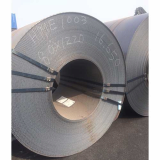
STEEL PRODUCTS
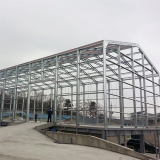
Prefabricated Light Weight Steel Building
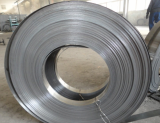
HRC Hot Rolled Steel Coil(Pickled and Qiled)
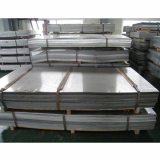
Stainless Steel Sheet

clad steel(Ecoteel)


































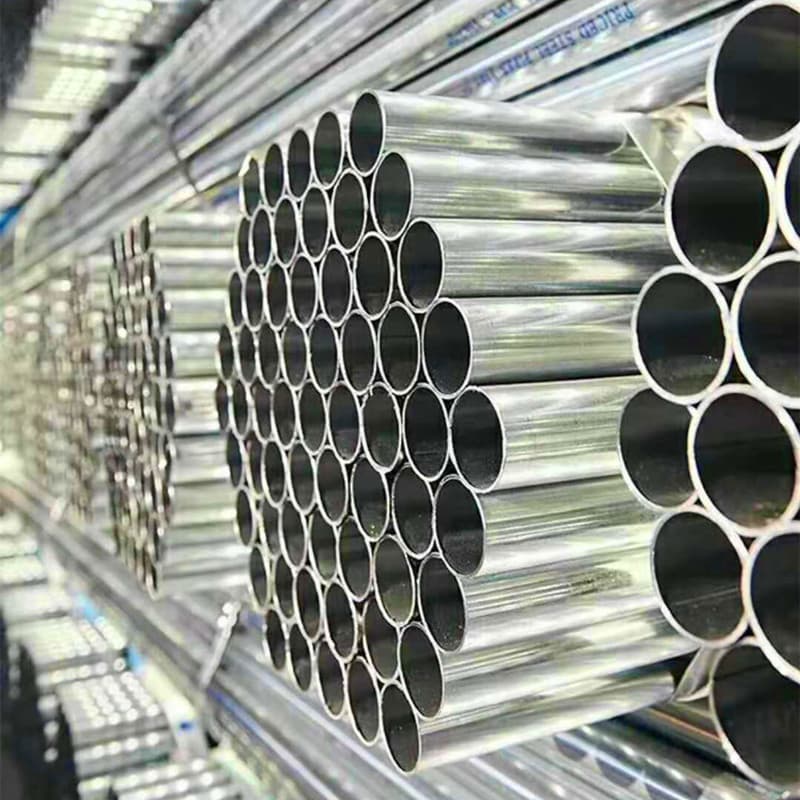

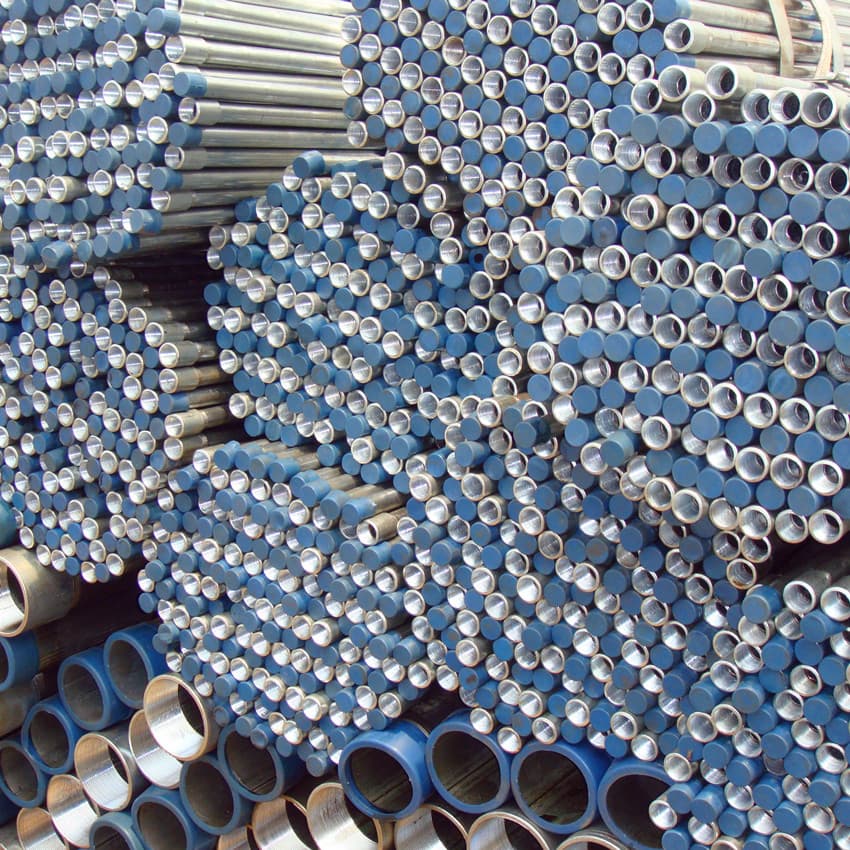
 China
China



